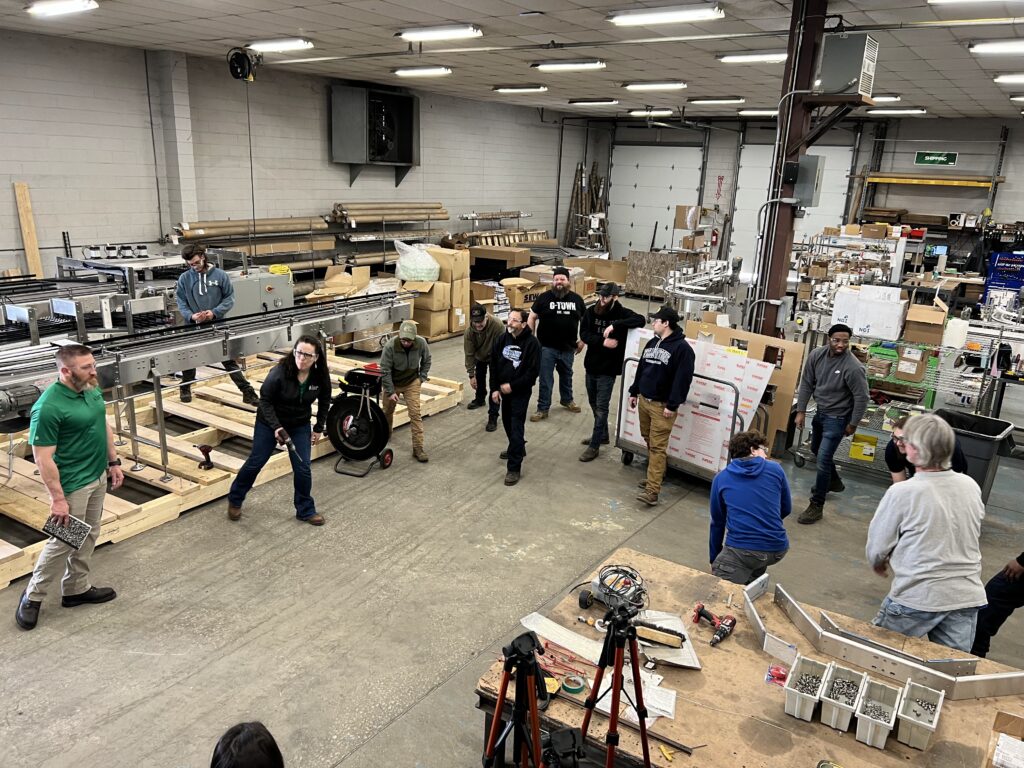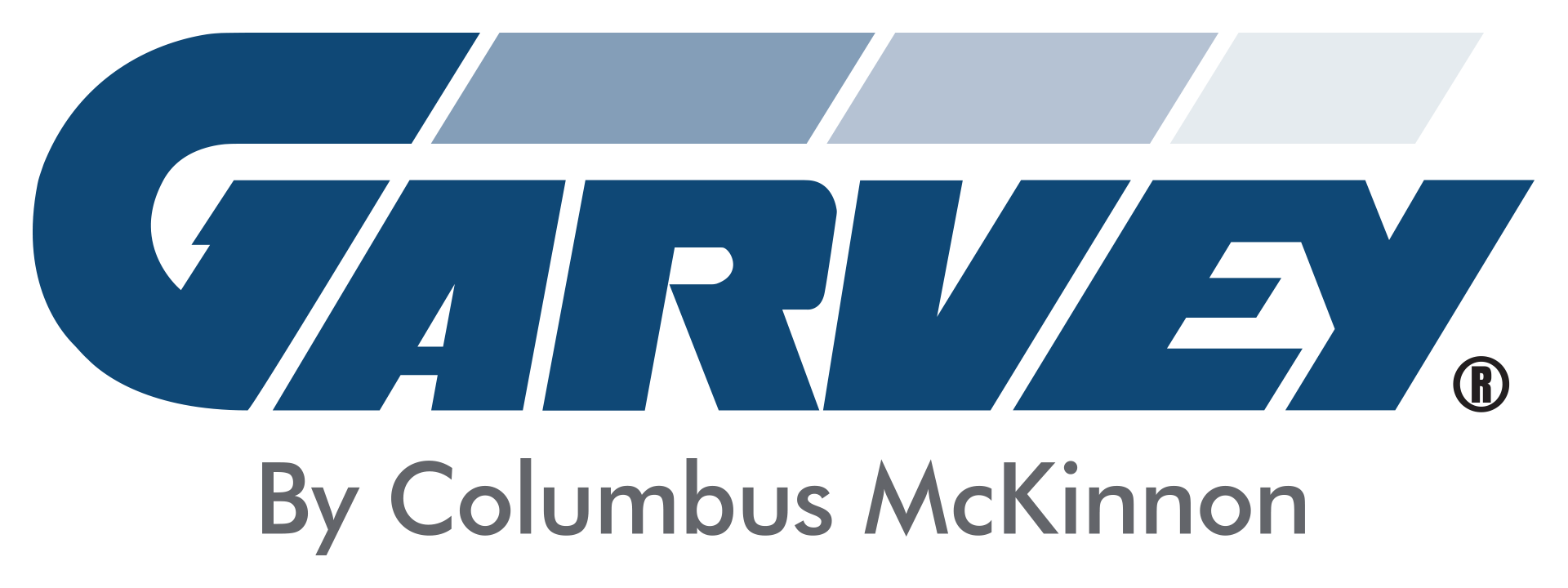Providing a safe workplace for all employees is a legal and moral obligation for employers to manage.
Every work environment has its inherent challenges and risk factors, depending on the application and role, and some workplaces will be more dangerous than others. Manufacturing has complex challenges, from heavy machinery to hazardous products and materials.
By ensuring employees understand various environmental hazards around them and the safety guidelines to protect them, employers can create a safety-first culture that prevents accidents in the factory and on the line.
Let’s discuss how to keep employees safe while performing their jobs in a manufacturing environment.
Start with a Safety Audit
Understanding where you’re vulnerable is the first step to workplace safety. A safety audit ensures you know where there are potential hazards and have a process in place to safeguard against them.
Depending on your expertise and personnel, you may appoint an internal safety team or hire a third-party safety inspection provider to conduct the safety audit.
A safety audit will consist of a general inspection of the environment, including all equipment and facilities employees will use. It will also contain an assessment of all workplace functions and roles. The goal for the inspectors is to identify and document all potential hazards that could impact employees or anyone else on the floor.
Once these hazards are documented, the inspectors can recommend general maintenance, repairs, processes, and replacements to prevent them before they become significant problems that could lead to injuries, damages, or worse.
If you’re interested in safety audits and starting a safety workplace initiative, OSHA has a free resource to help companies get started with safety.
Develop a Safety Training Program for All Employees
Ensure your employees understand all safety guidelines and procedures through onboarding and regular training. All employees should be trained on the proper personal protective equipment (PPE), handling all equipment and safely performing their duties, and what to do in an emergency.
By making safety a priority and part of your culture, you can empower your employees to keep each other safe and report issues when they see them.
Our parent company, Columbus McKinnon, published this guide with daily safety tips all employees should know when in the workplace. However, your environment may have special circumstances or additional risk factors to consider for practical safety training. The same is true for some roles and responsibilities.
Make Preventative Maintenance the Norm for all Equipment
All too often, manufacturing workforces are responding to problems and putting out fires, which means preventative maintenance usually takes a back seat to more urgent matters.
But preventative maintenance is crucial not only for ensuring maximum productivity but worker safety as well. Poorly maintained equipment is more likely to break down or act unexpectedly, which puts workers at risk.
Our answer to this challenge is through our Garvey Annual Maintenance Agreement (GAMA) program, which includes an annual onsite Garvey technician visit. Your technician will conduct a comprehensive inspection of your Garvey equipment, recommend any required repairs and services, and provide training so your staff understands how to use and maintain your Garvey equipment safely.
By regularly maintaining your equipment and making prevention a priority, you will be more likely to catch sparks before they turn into fires and threaten the safety of your work environment.
Improve Ergonomics in the Workplace
Workplace ergonomics is a preventative measure to reduce workplace injuries from repetitive movements, positions, or behaviors.
In a manufacturing setting, for example, one common issue occurs from employees doing repetitive work with their arms above their heads. This can cause arm and shoulder strain and reduces productivity because workers are lifting and moving things outside of their power zone, which is closer to the body and between their mid-chest and mid-thigh. If there’s a way to engineer a solution for workers to avoid arms-above-the-head lifting, that is one way to improve ergonomics and reduce injuries.
Another way is by training employees to lift and perform repetitive movements correctly. The Posture People have helped our team learn safe approaches to lifting correctly and improving our posture.

By investing in ergonomics where you can—whether through training, equipment, or both—you can help workers protect their musculoskeletal systems and prevent injuries while enjoying their jobs better and being more productive.
For more information about our approach to safety or the GAMA program, please leave us a message today. Let us know how we can help you create a safer workplace for everyone.




